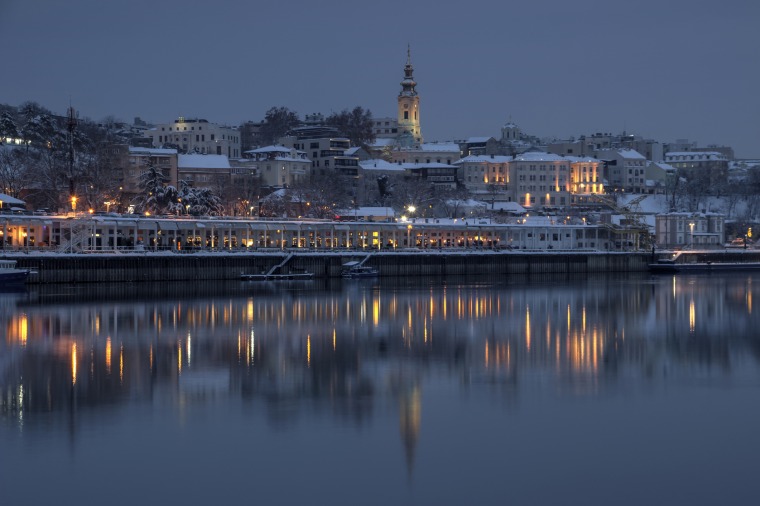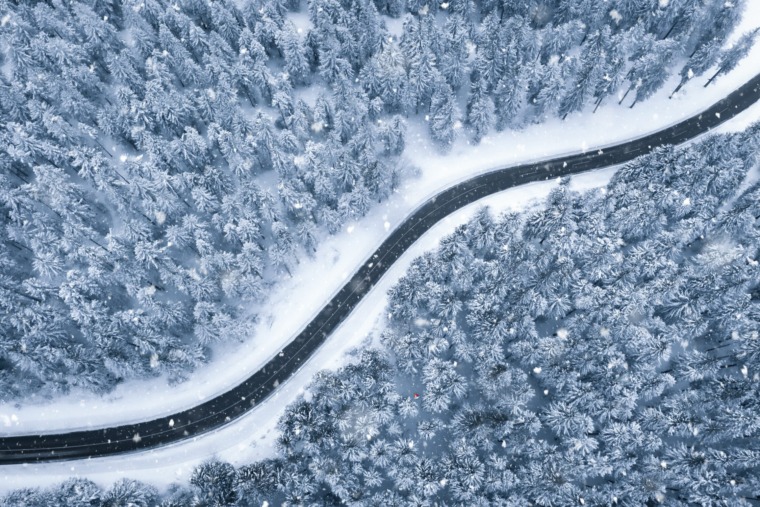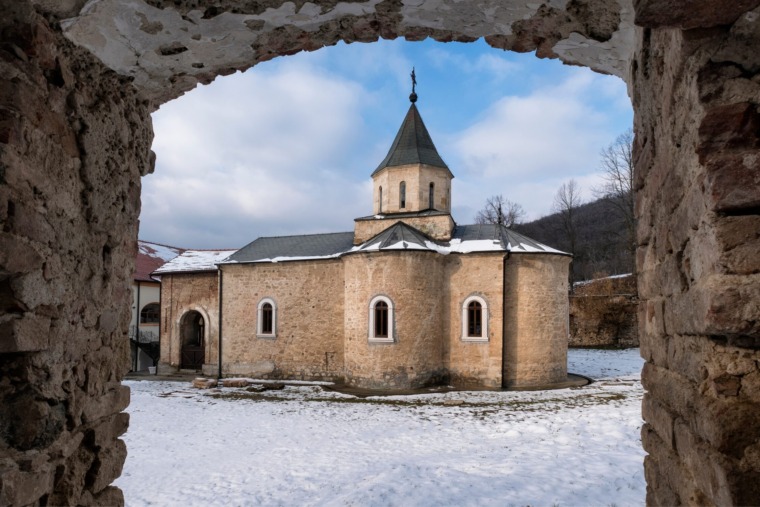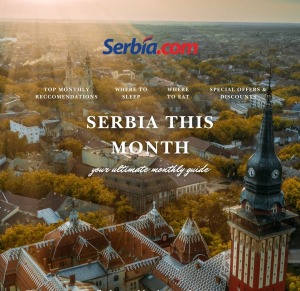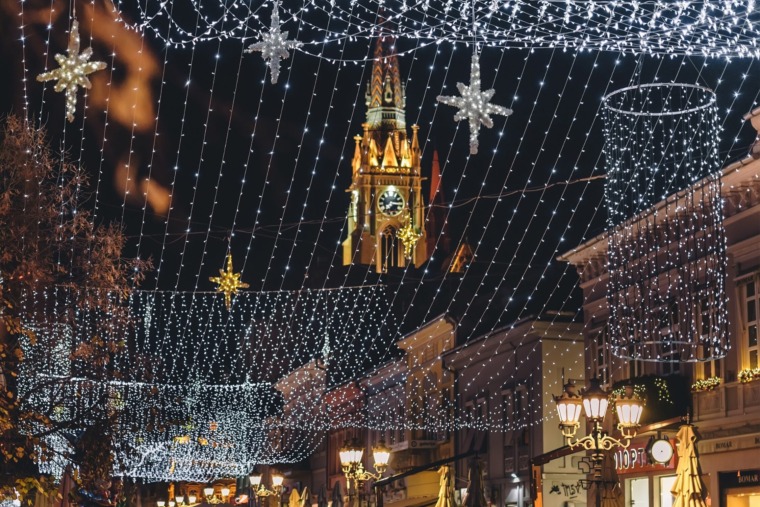
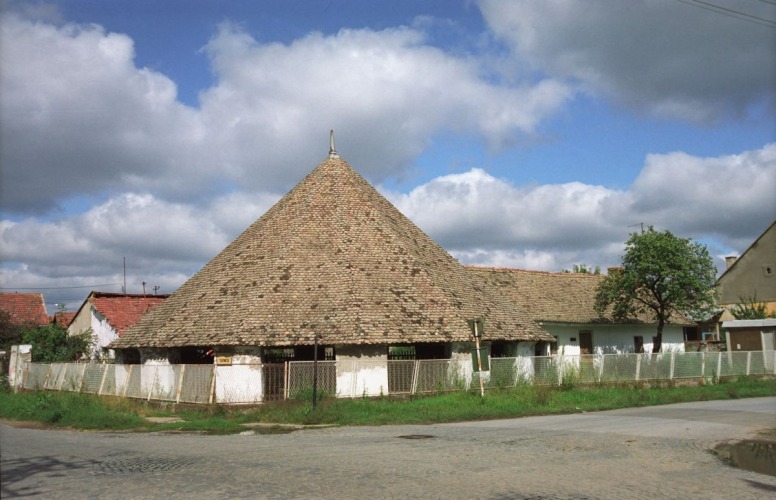
Nestled in the town of Kikinda in northern Serbia, Suvača stands as a rare and remarkable monument to traditional agricultural practices. As one of only three remaining horse-powered dry mills in Europe, this historic structure offers a unique glimpse into a bygone era of farming and craftsmanship. Suvača, often referred to as the “horse-powered mill,” is not just an engineering marvel, but also an embodiment of Serbia’s rich rural heritage.
The Origins of Suvača
Suvača’s creation dates back to the 19th century, a time when horse-powered mills were a vital part of agricultural life. In those days, farmers depended on dry mills to grind grain into flour, a necessary step in sustaining both local communities and economies. The term “suvača” itself is derived from the Serbian word “suvo,” meaning dry, and refers to the dry mill’s process, where grain is ground without the use of water, relying instead on the muscle of a horse to turn the millstone.
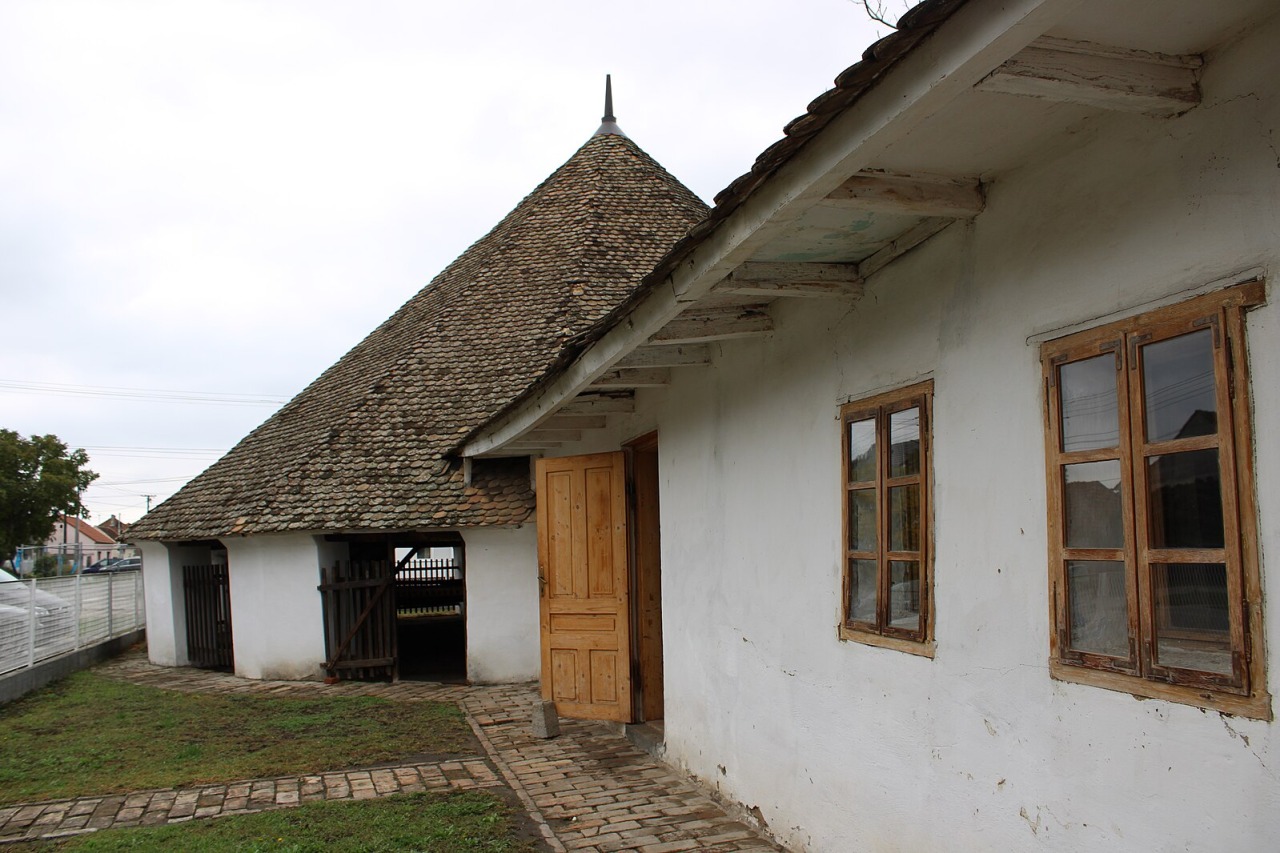
Suvača, like others of its kind, was ingeniously designed to operate in areas where watermills were impractical or unavailable. The millstone, housed in a stone structure, is powered by a horse harnessed to a rotating system that turns the wheel. As the horse walks in a circular motion, its movement generates the mechanical power needed to crush the grain.
A Rare Survivor of Time
While once common across Europe, Suvača is now one of the only three surviving horse-powered dry mills on the continent, a testament to the durability of traditional craftsmanship. Its preservation has become a key cultural project for the town of Kikinda, as well as for Serbia as a whole. The Suvača mill is not only a historical monument but also a symbol of the ingenuity of past generations who relied on sustainable, animal-powered technologies long before the advent of modern machinery.
Visitors to Suvača can witness firsthand the intricate design of the mill, where the horse’s circular path powers a massive wooden cog that turns the millstone. The experience is both educational and mesmerizing, as it offers a rare chance to understand the way in which the rural community of the past worked in harmony with nature.
How Suvača Works
Suvača operates through a straightforward yet ingenious mechanical system. The horse is harnessed to a large wooden frame, which is connected to the millstone via a series of ropes and gears. As the horse walks around the mill’s circular path, it turns the wheel, which in turn drives the millstone to grind the grain into flour. This process is powered entirely by the horse’s effort, without the need for any external energy sources.
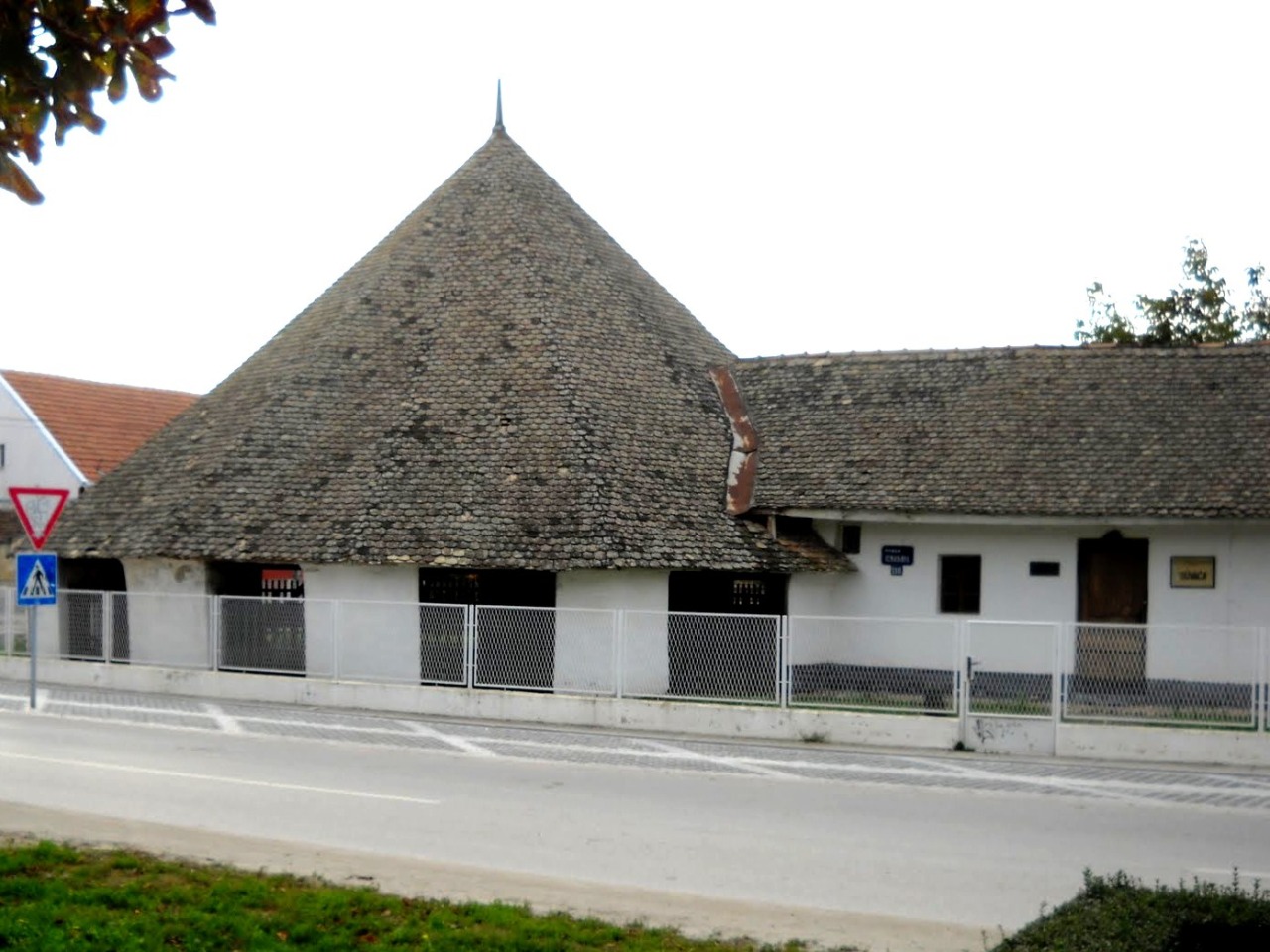
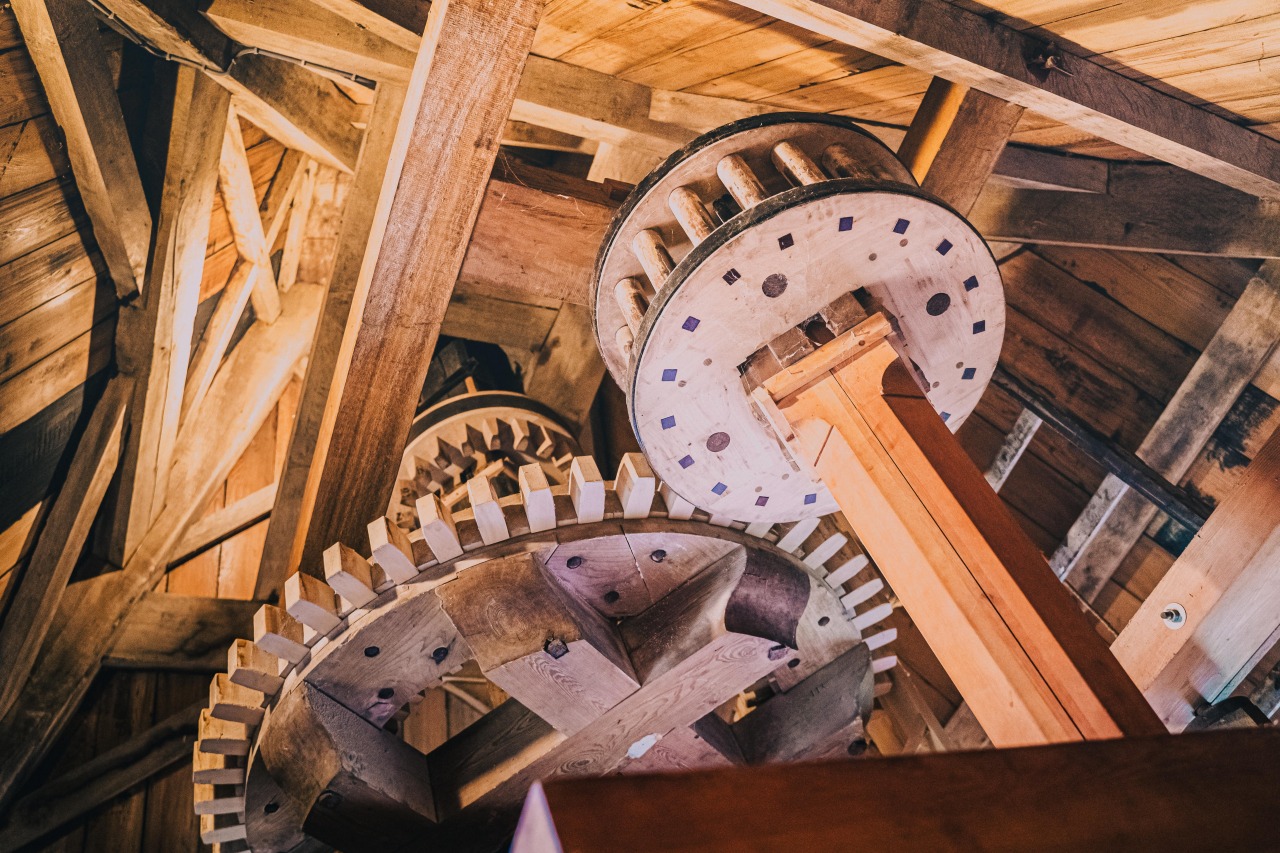
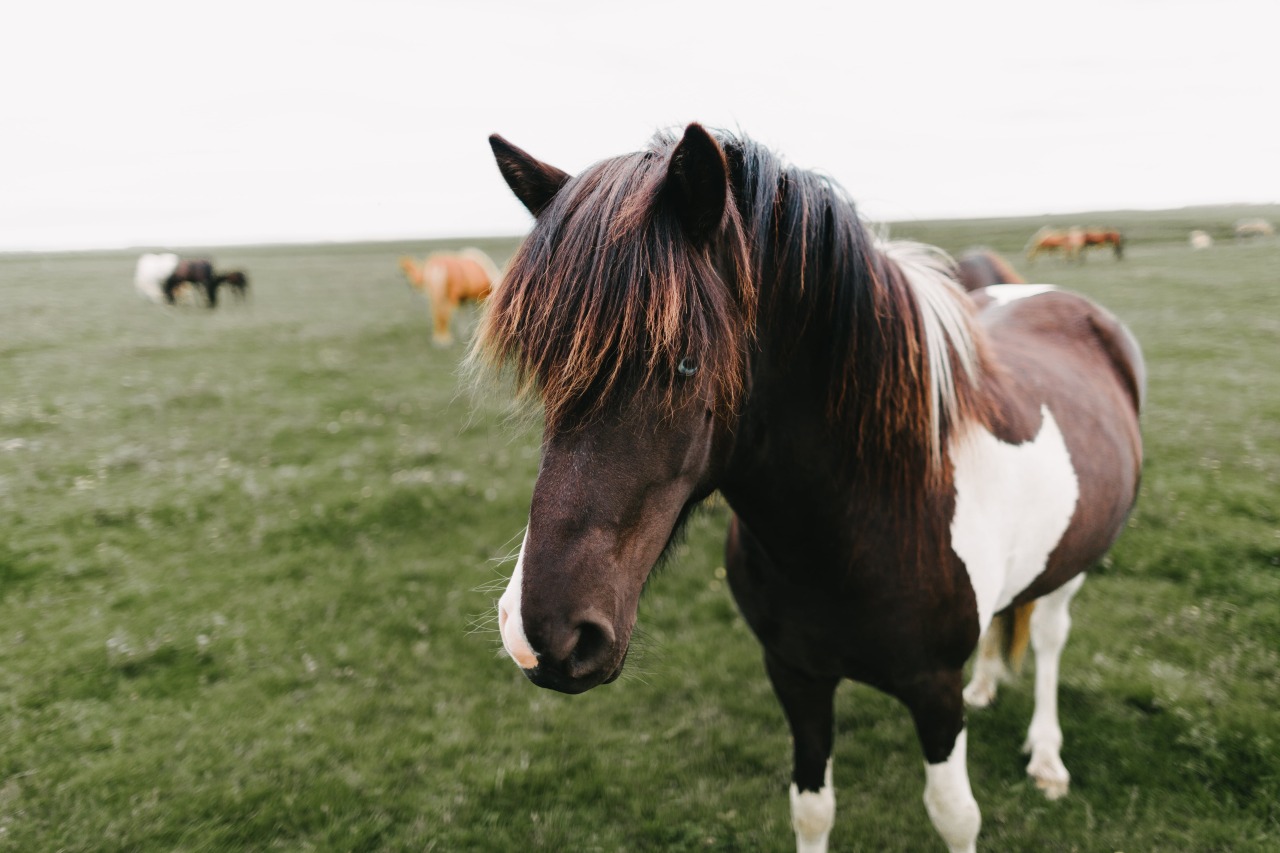
T
he grain—typically wheat or corn—is poured into the central hopper, which feeds the millstone. As the stone rotates, the grain is crushed into flour. The miller would then collect the flour, ready to be used by local farmers and families in baking bread or making other staples.
The Role of Suvača in the Community
During its heyday, Suvača was an integral part of village life. The mill not only served as a center of production but also as a social hub. It was a place where villagers gathered, exchanged news, and shared stories while waiting for their grain to be milled. These interactions were an important part of rural Serbian culture, fostering a sense of community and connection.
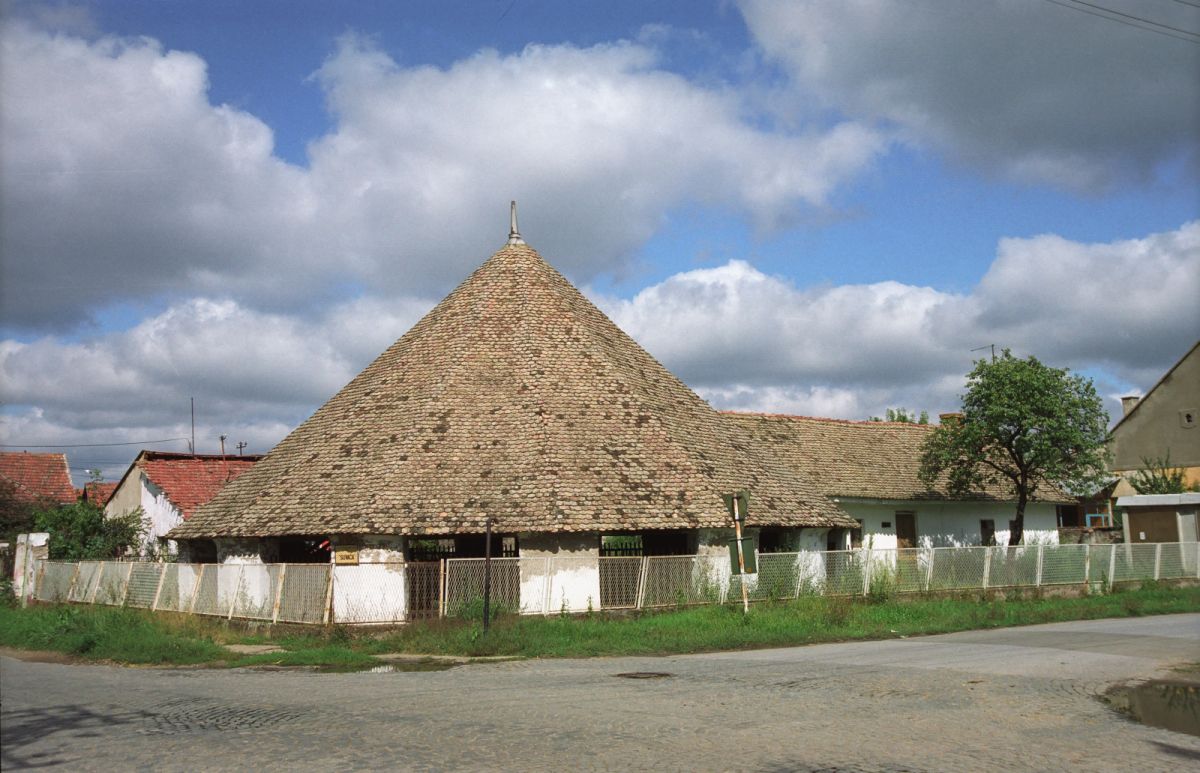
Although the horse-powered mill is no longer essential to local agriculture, its significance remains as a symbol of the resourcefulness and resilience of Serbia’s farming ancestors. Today, Suvača is often visited by students, tourists, and historians who are eager to learn about this important piece of history. It is also a source of pride for locals, who take part in preserving the mill’s legacy.
The Preservation Effort
Suvača has undergone various stages of restoration in order to maintain its original function. Volunteers and local authorities have worked tirelessly to ensure that the mill operates as it did centuries ago, using traditional methods and tools. This commitment to preservation allows visitors to experience an authentic piece of Serbia’s agricultural past.
The restoration efforts are part of a larger movement to protect and showcase traditional Serbian culture, especially in rural areas. The survival of Suvača, alongside other landmarks like old churches, folk traditions, and artisanal crafts, is vital in maintaining a tangible connection to the country’s past.
Visiting Suvača
For those interested in experiencing a piece of living history, Suvača is open to visitors, especially during the summer months. A visit offers a rare opportunity to step back in time and witness the workings of a horse-powered dry mill. Guided tours provide detailed explanations of the mill’s operations, history, and the role it played in Serbia’s agricultural economy. Many visitors also have the chance to watch the mill in action, as the horse continues to turn the wheel, grinding grain the same way it has for over a century.
Additionally, the surrounding area is rich in natural beauty, with rolling hills, green fields, and traditional Serbian countryside landscapes, making it a perfect destination for anyone looking to explore the heart of rural Serbia.
What to See Nearby
While visiting Suvača in Kikinda, there are several nearby attractions worth exploring:
- Kikinda Town Center: Kikinda itself is a charming town with a mix of modern and traditional Serbian architecture. It offers a variety of cultural and historical landmarks, including the Kikinda Museum, where visitors can explore local history, including the famous Kikinda mammoth, a 30,000-year-old mammoth skeleton.
- Kikinda’s Animal Park: Located just outside the town, this park is home to various animal species and is perfect for families. It offers an educational and recreational experience for those interested in wildlife.
- The Palic Lake: About an hour’s drive from Kikinda, Palic Lake is a popular spot for nature lovers. Visitors can enjoy boating, fishing, and walking along the lake’s shores while enjoying the surrounding landscape. The nearby Palic Zoo is also worth a visit, with a variety of animals and beautiful green spaces.
- The Vojvodina Region: Kikinda is located in the Vojvodina region, known for its flatlands, rivers, and wetlands. This region is rich in biodiversity, making it ideal for birdwatching, especially in areas like the Kopački Rit Nature Park and Tikvara Nature Reserve, located near the town of Sombor.
- Mokrin: a charming village known for its rich cultural heritage and vibrant traditions. This hidden gem is not only the birthplace of the beloved Serbian poet Miroslav Antić but also the host of one of the most unique Easter celebrations in the country – Tucanijada.
Suvača is more than just a mill; it is a living, breathing artifact that connects Serbia’s present to its agricultural past. As one of the last horse-powered dry mills in Europe, it offers a rare and valuable insight into a time when manual labor, ingenuity, and a deep connection to the land were the cornerstones of rural life. Suvača stands proudly as a reminder of Serbia’s enduring agricultural heritage and the importance of preserving these cultural treasures for future generations.
Related Articles

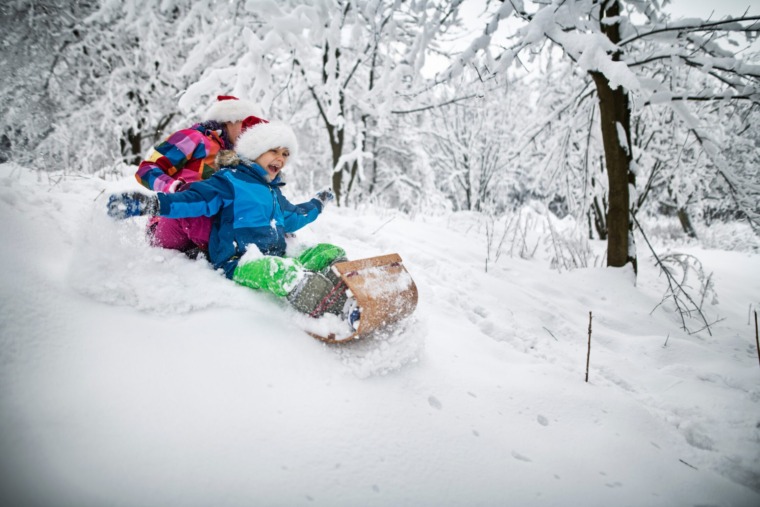
What to Do with Kids in Serbia: Family-Friendly Holiday Ideas
December 14, 2025
Winter Wine Escape: Serbia’s Most Beautiful Holiday Wineries
December 11, 2025